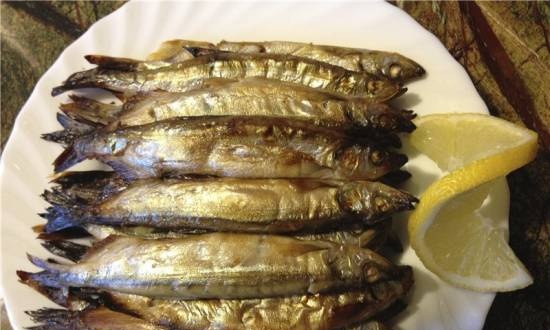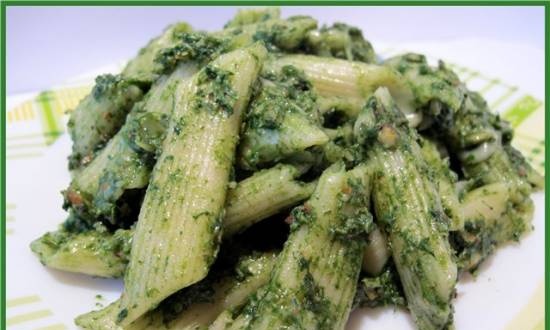|
 Many years ago a friend brought me from India an unusual "melon" - papaya fruit. Then no one had heard of such exoticism in our country. And, I remember, I was very surprised by his story that these "melons" do not grow on melons, as expected, but on palms. Many years ago a friend brought me from India an unusual "melon" - papaya fruit. Then no one had heard of such exoticism in our country. And, I remember, I was very surprised by his story that these "melons" do not grow on melons, as expected, but on palms.
Is it a palm tree?
Having become interested in melon palms (papaya), I found out that they belong to the family of not palm trees, but caric ones. They grow up to 10 m in height, but are short-lived and live only 5 years. Instead of branches, they have large (up to 70 cm) leaves on long petioles, and they give them a palm-like appearance. Flowers appear from the deciduous sinuses, which subsequently turn into oblong melon-like fruits up to 45 cm long, at first green, and in a ripe state greenish or orange-yellow.
Melon trees have their origins in America. Now papaya is also grown in Asia and Africa. They are also bred in nurseries near the Black Sea.
How are fruits eaten?
When fresh, they eat only ripe papaya fruits (unripe ones can cause poisoning). At the same time, the sweet orange pulp is peeled from the coarse rind and numerous dark seeds collected in the center. And green fruits are edible only after heat treatment: frying or stewing. They are also used to soften meat. The seeds are not thrown away, but dried, crushed, and a spicy seasoning is obtained.
All parts of the papaya (from roots to leaves) are used in traditional medicine and pharmaceuticals. They are used to make preparations for normalizing digestion, removing worms, treating diseases of the respiratory system and joints.
We sow under glass
Not really hoping for luck, I decided to sow seeds from a fruit brought by a friend. He cleaned them of the pulp and placed them in a bowl of damp sand under the glass for a day to hatch.
In the meantime, I prepared 4 pots with a diameter of 10 cm. I poured a layer of gravel on the bottom of them, and on top of it there was a substrate of garden soil, turf, humus, peat and small expanded clay (2: 2: 2: 1: 1). The seeds were buried in the ground by 1.5-2 cm, 1 pc. in each pot. I covered them with transparent bags, which I then took off for a couple of hours every day so that mold would not start. If he noticed that the surface of the substrate was dry, he watered it.
Like in the tropics
At 3-4 weeks, to my joy, strong shoots appeared in all pots. I placed them on the insulated balcony.
Conditions for papaya are required close to tropical: all year round the temperature is not lower than 18 °; regular watering (plentiful for young plants, moderate for adults); frequent spraying with standing water; backlighting in cold months. It is necessary to feed papaya starting at the age of one year: in the spring -1 times with nitrogen fertilizers, in the summer - every 2 weeks with potassium-phosphorus fertilizers. A transplant should be carried out annually at the end of winter. In warm summer weather, it is useful, if possible, to expose plants to the garden, under the crowns of trees.
And here are the fruits!
A year later, my seedlings reached 1.2-1.5 m in height, and after a couple of years they bloomed. One plant turned out to be male (dioecious culture). From its flowers (with stamens) I transferred pollen with a brush to female flowers (with pistils) of three other palms. In the 1st year, the harvest was small - 5 fruits. But later it was possible to collect up to 10 fruits from a tree. They were not large in size, but tasted like those sold in the store.
This is my first experience of growing papaya. Since it turned out to be successful, I continued this business and am still doing it.
Is it mono cuttings?
Although papaya is not difficult to plant by seed, I tried to propagate it by cuttings. Now I practice this method too.
It is necessary to take a seedling 1-2 years old with a stem of 1.5 cm in diameter and cut into 10 cm pieces.Then let the cuttings stand for 3 days in a cool shady place so that their tips dry out (inside young plants have juicy pulp). Then you need to stick the cuttings in wet river sand and cover with glass jars or plastic bags until the roots appear. Next, remove the greenhouses, and plant the plants.
G. Light
 Pilaf with chicken in a cast-iron cauldron (+ video)  Pie with chanterelles and potatoes  Green beans and peaches with salad dressing
|
 Many years ago a friend brought me from India an unusual "melon" - papaya fruit. Then no one had heard of such exoticism in our country. And, I remember, I was very surprised by his story that these "melons" do not grow on melons, as expected, but on palms.
Many years ago a friend brought me from India an unusual "melon" - papaya fruit. Then no one had heard of such exoticism in our country. And, I remember, I was very surprised by his story that these "melons" do not grow on melons, as expected, but on palms.





